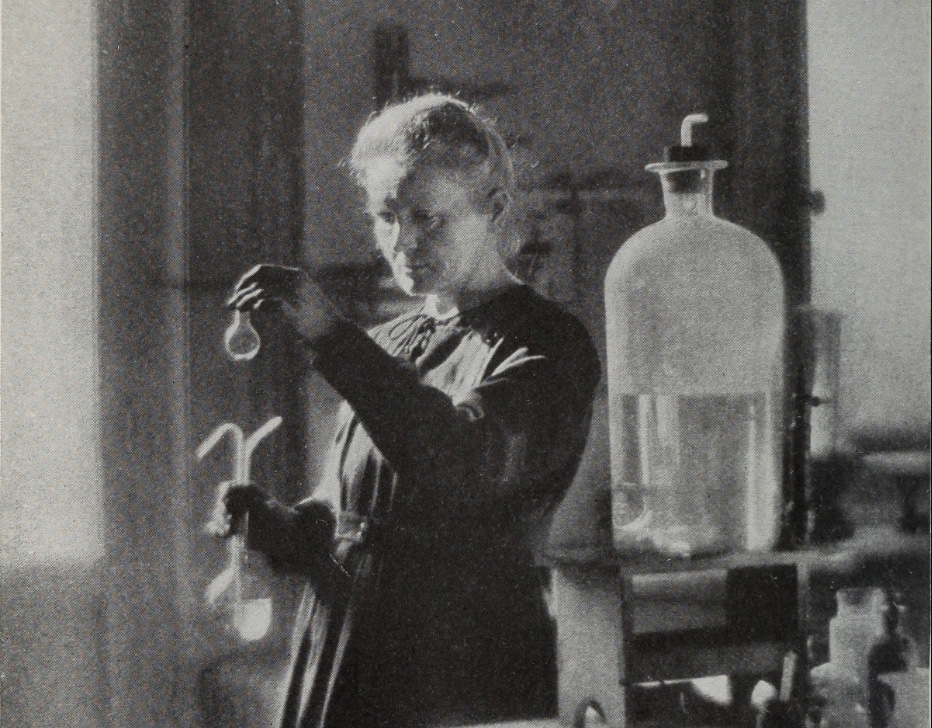
This article was originally published on March 8, 2020.
Who are they the greatest scientists of all time? Albert Einstein, Isaac Newton, or other big names probably come to mind—and for good reason. These scientists made remarkable discoveries and changed the way we understand the world.
But too often, women remain off the list, even though they have long made significant strides in science—including during eras when they were excluded from formal education and careers in the field. Only recently have women scientists come out of the shadows of history.
Who are some famous women scientists who changed the world?
In recognition of International Women’s Day on March 8—and just because it’s 2020—here are a few boundary-breaking women in science who should also be household names.
1. Ada Lovelace, Mathematician/ 10 women in science who changed the world
Dec. 10, 1815-Nov. 27, 1852
Lovelace is considered to be the first computer programmer — long before modern computers were invented. Her notes on Charles Babbage’s proposal Analytical Engine (programmable general purpose computer), is considered the first computer algorithm.
Ada Lovelace (Photo: Alfred Edward Chalon/Science Museum Group/Public Domain)
2. Marie Curie, physicist and chemist,women in science
November 7, 1867 – July 4, 1934
Chief among Curie’s many achievements included the discovery of radioactivity and the invention of a a mobile x-ray machine used during the First World War. Together with her husband Pierre Curie also discovered the radioactive elements polonium and radium and developed techniques for isolating radioactive isotopes. In 1903, Curie became the first woman to win a Nobel Prize. After her first win in physics, she later won a prize in chemistry – making her the first person to be awarded twice – and one of the most respected women in science.
Marie Curie (Courtesy of: Internet Archive Book Images/Flickr Commons)
3. Janaki Amal, botanist/women in science
Nov. 4, 1897-Feb. 7, 1984
Like India’s first woman plant scientist, Amal developed several hybrid species that are still grown today. She also advocated for the protection of India’s biodiversity.
Janaki Amal (Photo: John Innes Centre)
4. Chien-Shiung Wu, physicist ,women in science
May 31, 1912-Feb. 16, 1997
Wu was the first scientist to confirm—and later refine—Enrico Fermi’s theory of radioactive beta decay. She is also known for her “Wu experiment”, which overturned the parity theory in physics. This breakthrough led to a Nobel Prize awarded to her male colleaguesignoring Wu’s critical role in the work.
Chien-Shiung Wu (Credit: Smithsonian Institution via Flickr Commons)
5. Catherine Johnson, mathematician
Aug. 26, 1918 – Feb. 24, 2020
Johnson’s calculations for orbital mechanics as a NASA employee were critical in sending the first Americans into space. She became famous when her story was profiled in the film Hidden figures.
Katherine Johnson (Photo: NASA)
6. Rosalind Franklin, chemist
25 July 1920-16 April 1958
Franklin is known for her revolutionary activity in discovery of the double helix structure of DNA. She died four years before her male colleagues were awarded the Nobel Prize in 1962. Some believe that even if Franklin had survived, she would likely have been overlooked by the commission.
Rosalind Franklin (Credit: MRC Laboratory of Molecular Biology)
7. Vera Rubin, astronomer/women in science
July 23, 1928-Dec. 25, 2016
Rubin discovered the existence of dark matter, the strange glue that holds our universe together. Her contribution is considered one of the most significant discoveries of the 20th century – work many say should have won a Nobel Prize.
Vera Rubin (Photo: NOAO/AURA/NSF)
8. Gladys West, mathematician/women in science
1930-
West’s work in developing mathematical modeling of the shape of the Earth served as the basis for GPS technology. In 2018, it was introduced in US Air Force Space and Rocketry Pioneers Hall of Fameone of the Air Force Space Command’s highest honors.
Gladys West (Photo: US Air Force)
9. Flossie Wong-Staal, virologist and molecular biologist
August 27, 1947 –
Wong-Staal was the first scientist to clone HIV and create a map of his genes, which led to a test for the virus.
Flossie Wong Staal (Credit: Bill Branson/National Cancer Institute)
10. Jennifer Doudna, biochemist
February 19, 1964 –
Doudna was one of the primary developers of CRISPR, a groundbreaking genome-editing technology. The approach promises to end disease.
Jennifer Doudna (Credit: Duncan Hull)
Read more: The 50 Most Important Women in Science

